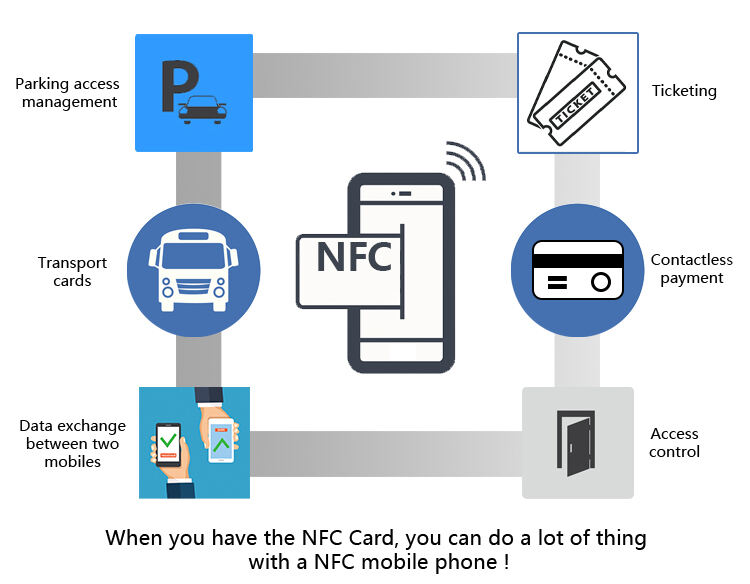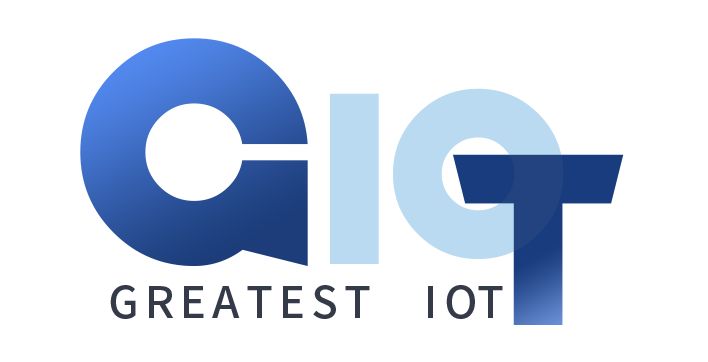
The NFC Forum, the global standards body for near-field communication technology, has formally launched its latest certification specification (CR15). This standard builds upon the NFC 1.5 technical specification released earlier this year, establishing a testing programme that extends the maximum read range for contactless connections to 20 millimetres. This represents a fourfold improvement over previous technologies, delivering a more convenient interactive experience for users.
The core highlight of the CR15 standard lies in its significant extension of the effective communication range for NFC devices. Previously, users had to precisely align their NFC devices to establish a connection. Under the new standard, however, the 20-millimetre read range eliminates the need for deliberate alignment during device interaction, substantially lowering the operational threshold.
This breakthrough will play a pivotal role in emerging application scenarios, such as mobile digital car keys, smartwatches, and high-frequency usage scenarios like transport ticketing, delivering a more seamless user experience.
In the consumer electronics sector, the CR15 standard's 20-millimetre reading range eliminates the requirement for close proximity, enhancing user experience in consumer electronics and personal scenarios. For smart wearables and mobile payments, smartwatches and phones with protective cases can complete transactions without precise alignment with the reader, significantly improving interaction success rates. In digital keys and access control, phones or watches unlock doors from 2 centimetres away, eliminating alignment difficulties when carrying items and reducing vehicle key damage. Simultaneously, it supports multi-operation completion with a single touch—such as tapping a transport card while retrieving a health code—enabling seamless service integration.
Within the realm of intelligent manufacturing, the CR15 standard's 20-millimetre universal device baseline establishes the foundation for extended-range industrial applications, propelling NFC's penetration into industrial-grade systems. For precise production line control, long-range readers on automated production lines such as automotive welding can rapidly identify workpiece tags at distances exceeding 20 millimetres. In electronic component assembly scenarios, proximity sensing verifies material compatibility to prevent errors, while high-end manufacturing employs unique tag IDs to achieve end-to-end traceability throughout the production process.
In the realm of smart logistics and warehousing, NFC emerges as an ideal solution by combining anti-interference advantages with extended range capabilities. For rapid pallet-level identification, fixed readers can detect labels across entire pallets within a 20-millimetre range, enabling automated data collection during warehouse inbound and outbound operations. This significantly surpasses traditional barcode efficiency. Within the beverage and chemical industries, NFC demonstrates superior identification stability for metal cans and glass bottles compared to RFID technology. Within dynamic inventory management, embedded readers in smart shelving systems monitor goods tags in real time. Inventory levels automatically update when items move beyond a 20-millimetre range, eliminating manual stocktaking requirements. During parcel sorting operations, tags record transit node handling information. Handheld devices enable end-to-end visualisation and control of goods movement throughout the logistics chain.
In the healthcare sector, NFC technology aligns with the stringent requirements for security and precision in medical settings. Within pharmaceutical management, medication bottle labels store batch numbers and expiry dates. Nurses verify medication details using handheld devices within a 20-millimetre range to prevent dispensing errors, while expired drugs trigger automatic proximity-based alerts. NFC tags on sterile consumables like surgical instruments and infusion sets record sterilisation cycles and usage status, enabling swift compliance verification post-disinfection to mitigate cross-infection risks. During patient identification, NFC enables rapid matching between consultation cards and diagnostic equipment, reducing manual verification while the 20-millimetre proximity requirement safeguards patient privacy.

Copyright © ©Copyright 2024 Greatest IoT Technology Co., Ltd all rights reserved - Privacy policy